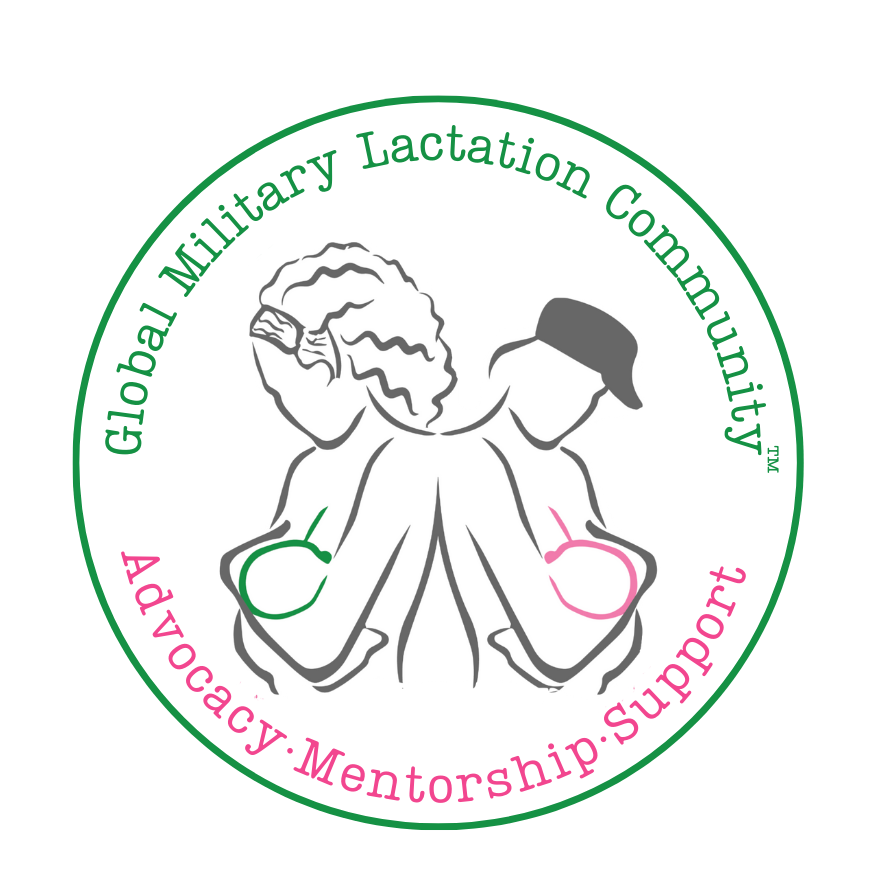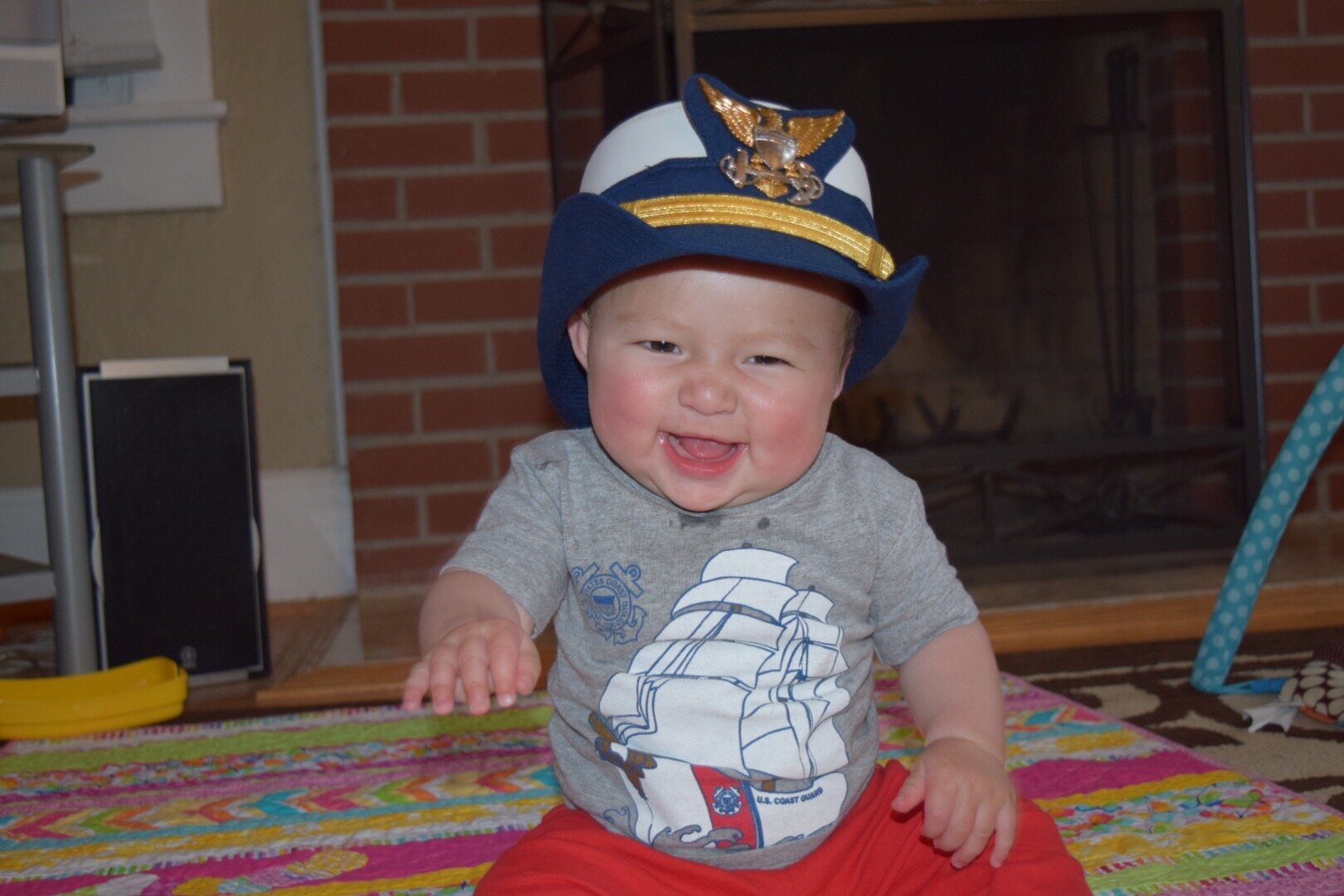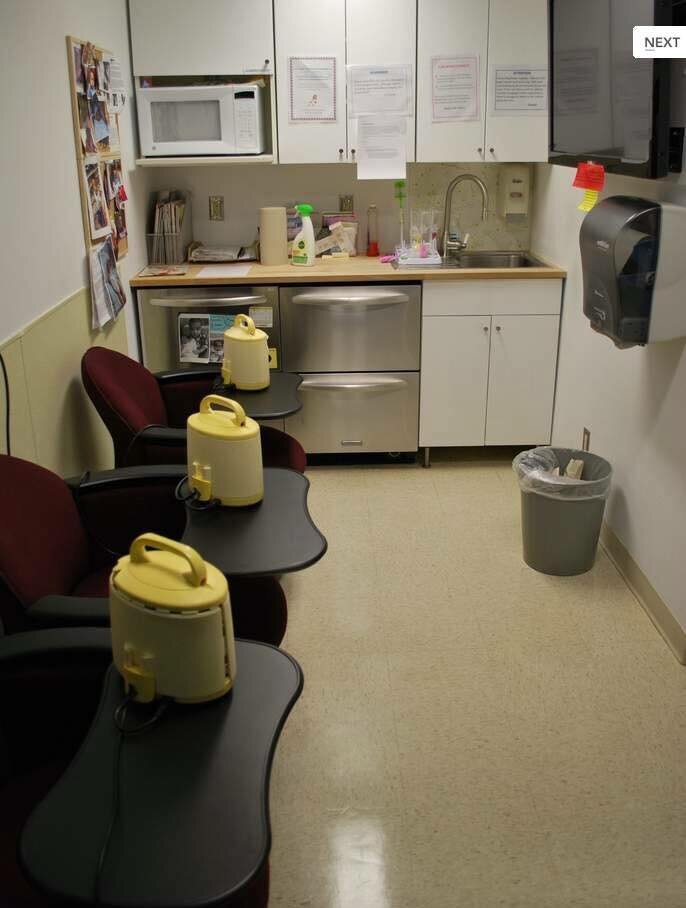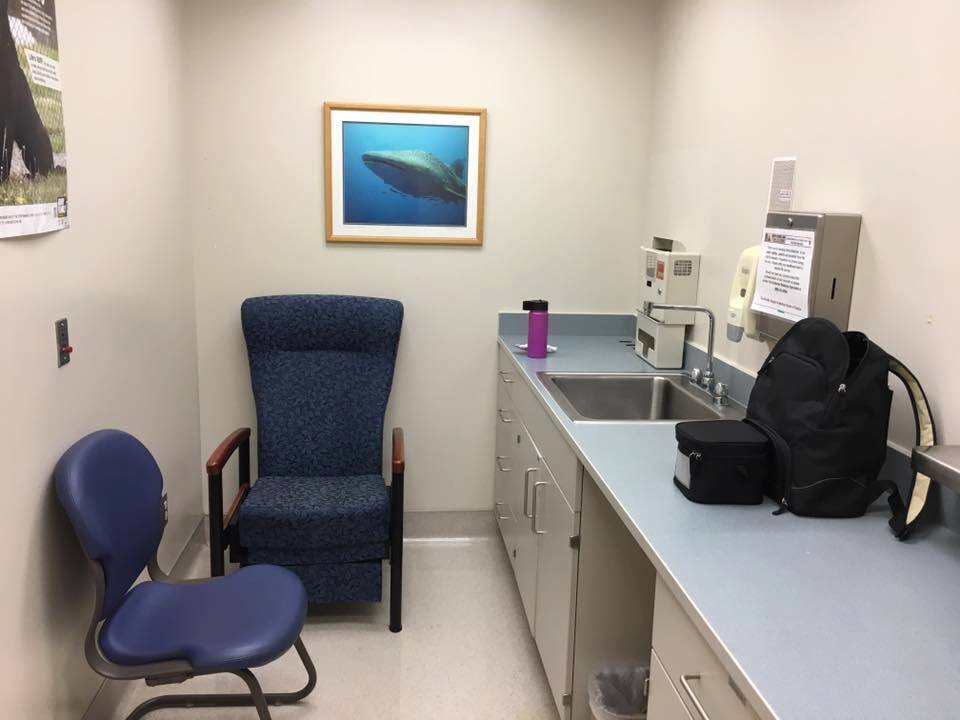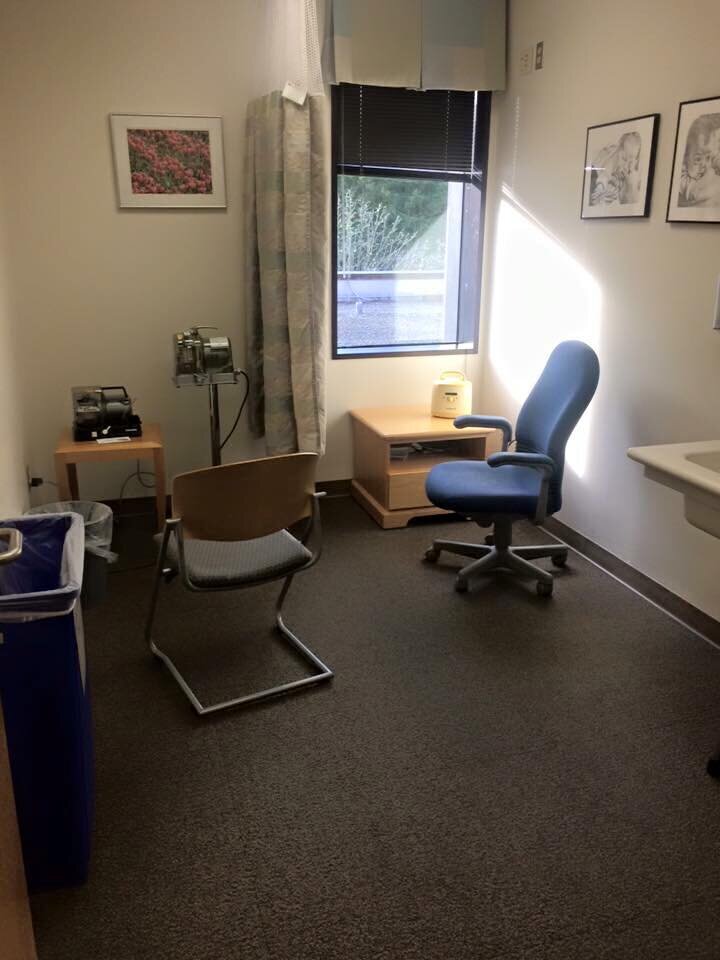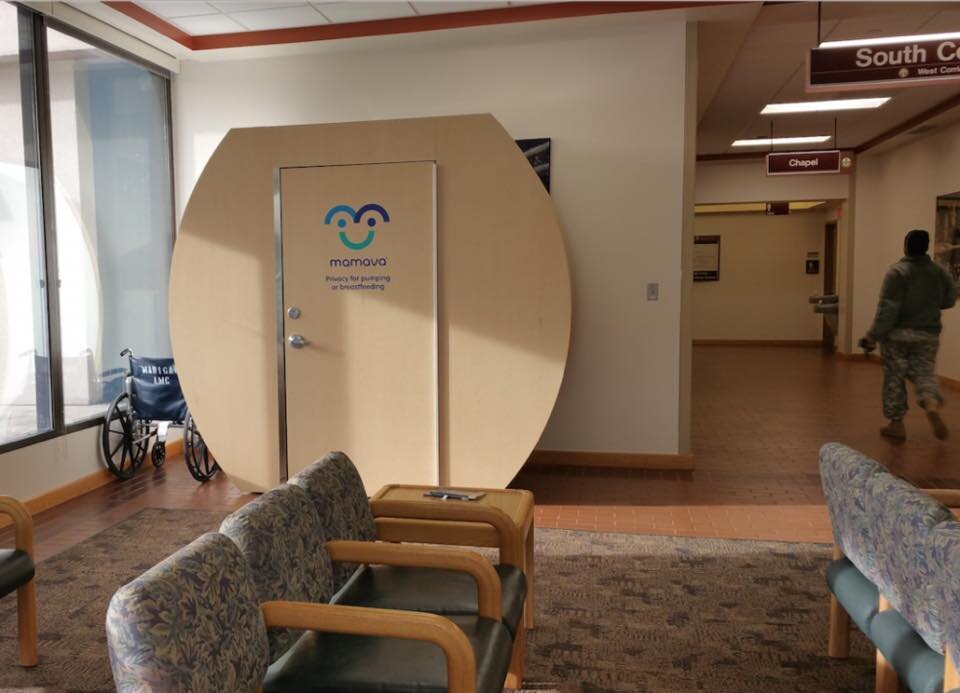For Supervisors and Co-Workers: How to Support Breastfeeding in the Field
By Trish Jantzen
Photo courtesy LCDR Trisha Jantzen.
This guest post is authored by a Lieutenant Commander in the United States Coast Guard. The views expressed are her own and do not necessarily represent the views of the Department of Defense, Department of Homeland Security or the United States Coast Guard.
An active duty parent returning to work after childbirth has options for infant feeding: breastfeeding, formula, a combination of both. This is a deeply personal choice and each option has its own benefits and challenges. Breastfeeding, specifically, is a commitment with both long and short term health benefits for both parent and baby which are likely to result in fewer unplanned sick days.(1) Many parents want to breastfeed their babies but stop early because there is a lack of ongoing support.(1) Through a commitment to women’s retention in the military, and the health and well-being of our workforce, we have the opportunity to foster environments where families are free to choose how they will feed their babies rather than having that decision made for them by an unsupported workplace.
So how can we all help? First, it’s important for supervisors and co-workers to be proactive and become informed. Here are just a few of the basics of what any parent in any environment needs to succeed at breastfeeding:
A clean, private space with a power outlet (not a bathroom). No one wants to prepare their lunch in the bathroom!
Around 30 minutes per pumping session. Every mom is different and this time-frame can vary in either direction.
Consistent opportunities to pump approximately every 2-4 hours. It is extremely important for the mom to maintain a consistent schedule. Milk is produced on a supply and demand basis. If milk is not expressed on the same schedule as the baby is eating, the body will slow down production. Additionally, if a mom waits too long to pump, it can be extremely painful and lead to infection.
A refrigerator to store the supply. While preferred, this doesn’t need to be a special breast milk refrigerator. If the milk is contained and labeled, there is no risk of it contaminating the community refrigerator.
A sink (not the bathroom sink) to clean pump parts.
Examples of military lactation spaces from Defense Intelligence Agency, Schofield Barracks, Naval Hospital Bremerton and Joint Base Lewis-McChord.
The requirements listed above are easy to meet when a mom works in an office space with a flexible schedule, but that isn’t typically the case for moms serving in the military. Moms who work in dynamic operational environments face unique challenges to maintain a breastfeeding relationship with their child.
Here are a few ways all supervisors can foster a supportive environment for moms returning to operational jobs:
Don’t send her to the field right away. Returning to work can be a difficult transition for a new mom. If breastfeeding is new to her, she may not immediately know what her needs are. Keeping her in an office environment for a week or more will allow her the flexibility to regain her bearings, establish a routine, and emotionally adjust to being away from her baby for long stretches of time. Check in with her over the first month to ensure she is receiving the appropriate level of support.
Ensure teams understand and are supportive of the mom’s goals. As members of high performing teams, moms often perceive that they are a burden to their team by stepping away to pump. Whether this perception is founded or unfounded, it is a reality and driving force for many. Be flexible, ask questions, and reassure a breastfeeding mom. Early and frequent communication is key.
Here are some tips specific to a few unique operational fields:
While Traveling
Know your service’s requirements for deploying postpartum women. All service branches and DOD policies are listed on our Breastfeeding in Combat Boots page. For the USCG, ALCOAST 061/18 states that “postpartum Active Duty members shall not be issued TDY orders for up to 12 months from the date of a birth event unless the member elects such orders.” Moms may have a variety of reasons for choosing to accept orders. In the event that they choose to do so, it is still possible to continue breastfeeding.
In the Coast Guard, a mom who chooses to go TDY must receive approval from the first O-6/GS-15 in her chain of command. During this discussion, a mom should be afforded the opportunity to define boundaries on the type and length of TDY she is willing to perform. The mom should also be allowed to opt out of TDY during the year if her situation or desire changes.
If a mom needs to take a long plane or car ride, she may choose to pump in a car or on an airplane to ensure she maintains her schedule. Initially, this will probably feel awkward for both the mom and other passengers, but it is nothing that communication can’t overcome. Moms will typically move to the back seat and use a cover up for privacy. Think of this as no different than if she were feeding her baby in a public place. If she isn’t comfortable pumping in the car, coordinate with her to take rest stops when needed.
Some tricks for pumping in a car are to have a car adapter for the power cord and to use a plug-in cooler to store the milk. Just remember, if the car is off, the cooler is off so she may want to bring along ice packs as well.
On a plane, battery packs and ice packs come in handy. Also, there are no limitations for traveling through airport security with breastmilk, even if the baby is not traveling with the mom. A mom only needs to declare her milk at security and it will receive additional screening by TSA agents.
If travel requires a hotel stay, the mom can call ahead to ensure there will be a refrigerator in her room. Even if the hotel doesn’t typically have one, they usually will bring one into the room to accommodate the mom’s needs. If the stay is going to be extended, some services offer reimbursements for shipping breastmilk. The USCG offers one through their mutual assistance program.
If the mom is visiting another command, they should provide either access to the unit’s mother’s room or an alternative space that meets the criteria listed above. Sometimes it requires a call ahead to ensure she will know how to access the space when she arrives.
Check to see if military training centers offer family rooms if a mom chooses to travel with her baby. She just needs to coordinate childcare for while she is working. This can be done by either using drop-in day care or traveling with another childcare provider (i.e. dad or grandparent).
On Watch
Keep moms on a consistent schedule (night or day) for the duration of the breastfeeding time. Shifting back and forth can make a pumping routine extremely challenging. It is important that pumping sessions are in alignment with the baby’s feeding schedule.
If the unit’s mother’s room is not easily accessible to the watch floor, offer the use of an office or conference room after hours.
Ensure there is a phone in the space where the mom is pumping so you can call her if needed. Many moms in a wide range of professional settings have sat on a conference line while pumping.
Consider forwarding phone lines to the area where the mom is pumping if there is a concern about missed calls.
Depending on how the space is set up and if the mom is comfortable, allow her to pump in her workspace so she doesn’t have to step away from her watch position. This can only work if the space can offer privacy. Use caution in doing this because relaxation is an important element to milk production and this scenario may not work for many moms.
On an Aircraft or Boat
One may ask themselves, “What would Amelia Earhart do?” My guess is that she would find a way to make it work and many moms have!
To accommodate a flight or boat trip, a mom may request to move the briefs to allow her to pump immediately before and after the trip. This would put the schedule of events in this order: pre-brief – pump – trip – pump – de-brief.
During longer trips on airframes or boats that allow moms to step into the cargo area or below deck, moms can bring ice packs and battery packs and step away when operations allow. While this has worked for many, it is difficult to maintain privacy and hygiene in this environment. Making this work requires extensive communication between moms, crews and commands.
If a mom works on an airframe or boat that does not physically allow her to pump in the air or underway, she may choose to pump part-time so she can go longer stretches of time without pumping. Don’t make her make this decision on her own. Every effort should be made to find creative solutions to meet the mother’s need to pump while still meeting operational needs before the mother is in a situation where she feels pressure to stop pumping. Whenever possible, the determination to stop pumping should be made on the mother’s terms.
On Inspections
Inspections pose unique challenges to breastfeeding. The first challenge to tackle is accommodations, but inspectors also need to consider hygiene and exposure in these challenging environments.
Delay office departure for an inspection or examination by 30 minutes so the mom can pump after reporting to work and before going out in the field.
Team leads and the mom should have discussions before going to the field about any potential exposure hazards and how to mitigate the potential for those hazards to transfer to her breastmilk. This may include the mother deferring the deck walk on a tank or chemical ship to another team member.
Ensuring that while in the field, the team works together to plan for the timeframe in which a mother may need to step out. The team’s awareness can help them to tactfully communicate space needs to the ship’s master or company representative while allowing the inspection or examination to continue. Pumping spaces for the mother include a ship’s hospital or office at a facility.
Consider allowing a mom to focus on less hazardous inspections while she’s breastfeeding if there is a concern for exposure while still providing the opportunity for professional development. Options may include facility inspections or working with waterways management. If there is ever a question about specific hazards and the potential for absorption into breastmilk, the mother should be encouraged to talk to a doctor for written guidance.
On a Cutter
Per COMDTINST M100.8 (series), for six months after childbirth, the service defers assigning women to shipboard assignments, unless they volunteer. If a mom chooses to get underway, they can still breastfeed.
Staterooms and berthing areas are private locations where moms can pump on a cutter. Moms should ensure they bring enough storage bags and will want to work with the CSs to ensure there is a safe space for their milk to be stored in the freezer.
If the mom is not able to build up a large enough stock to cover her trip before departing, she will want to ensure the baby has accepted and been able to transition to formula before she departs.
Depending on the duration and distance of the cutter’s trip, moms have the option of either bringing the milk home with her at the end of the patrol or attempting to ship it from a port call. If a mom attempts to ship it from a port call, she will want to ensure it ships within a reasonable time frame so the milk will not thaw before it arrives at its final location.
Photo courtesy LCDR Trisha Jantzen with her family.
Moms returning to work are valued team members who have and will continue to make a positive impact on our workforce. By supporting moms through accommodations and open communication, we make the US Coast Guard service of choice for a modern and inclusive workforce.
This article has been vetted for accuracy by LCDR Krystle Wallace, Certified Lactation Counselor & La Leche League Leader and LCDR Regina Caffery, PA-C. Special thanks to BOSN Jacqueline Wood, LCDR Karen Kutkiewicz, LCDR Amanda Fahrig, OS1 Rachel Davis and OS2 Staci Krauss for their input.
Additional resources for breastfeeding can be found at:
https://compass.coastguard.blog/2019/08/07/breastfeeding-in-the-coast-guard/
https://www.womenshealth.gov/breastfeeding/breastfeeding-resources
https://www.cdc.gov/breastfeeding/about-breastfeeding/index.html
https://content.govdelivery.com/accounts/USDHSCG/bulletins/1f93cc1
